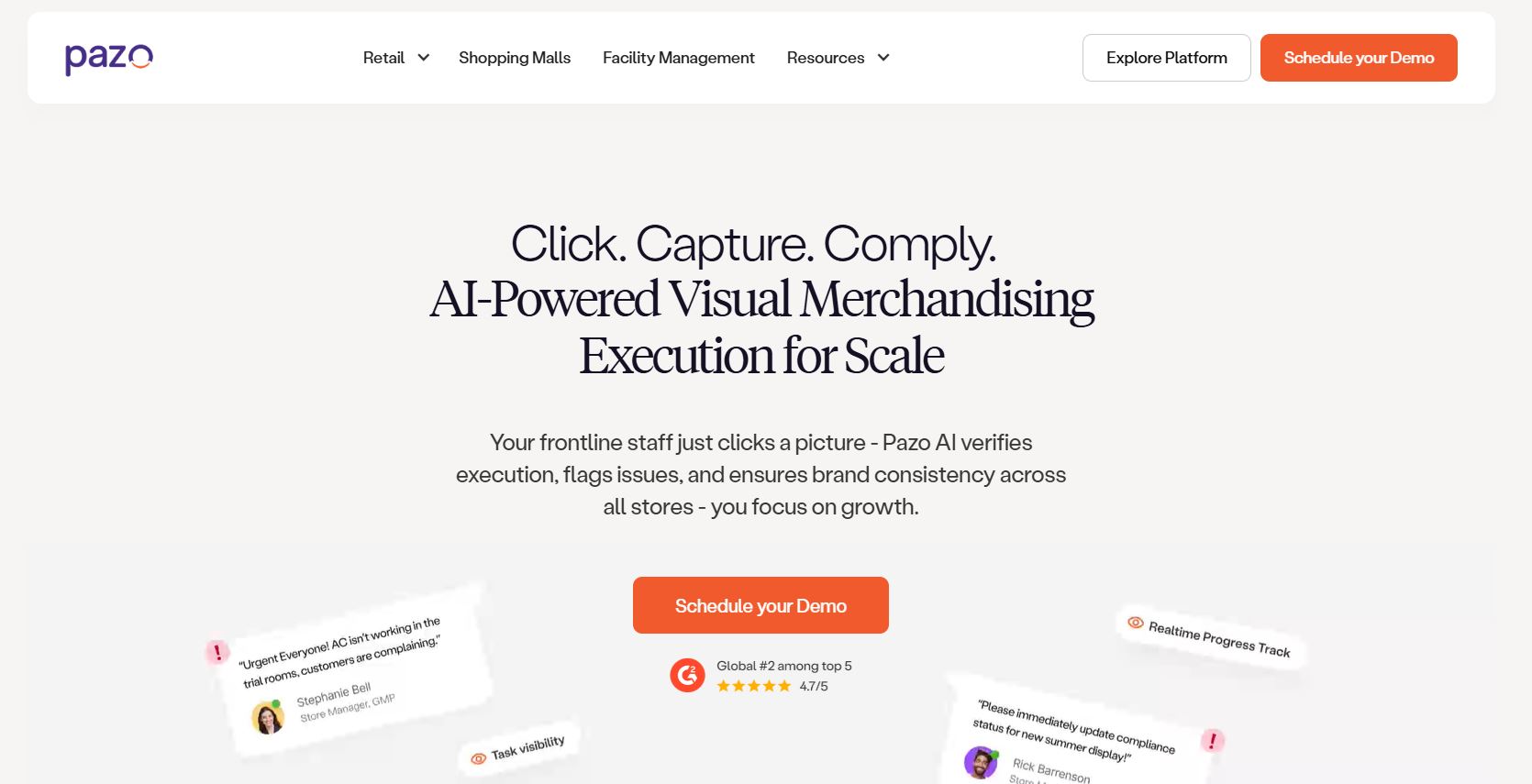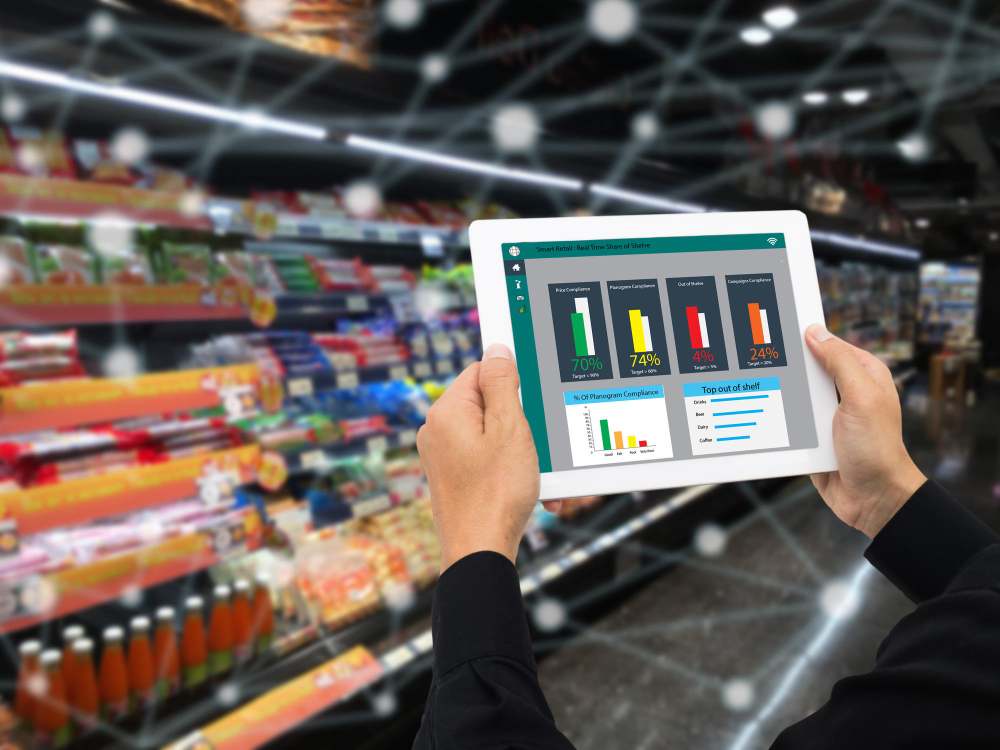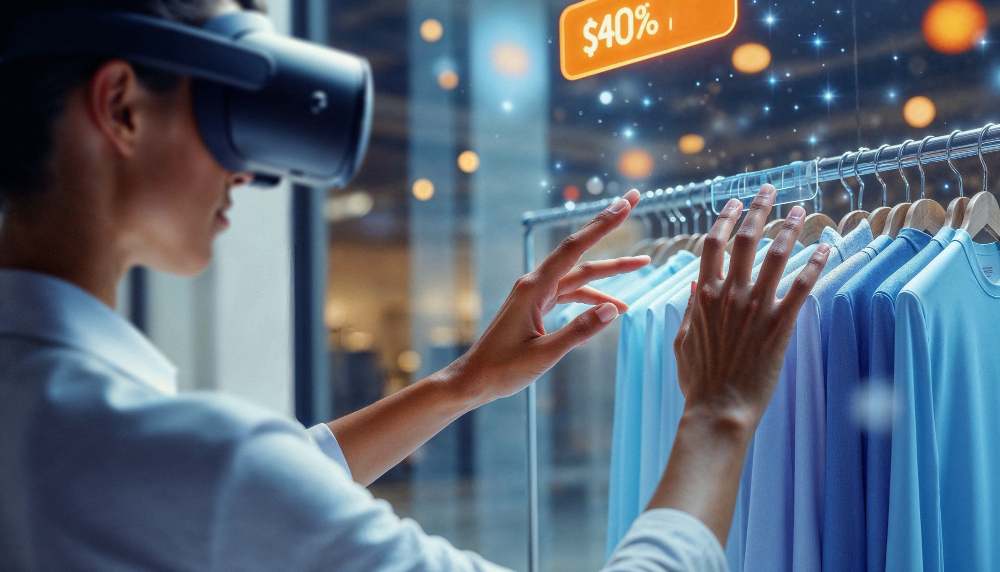10 Best Visual Merchandising Softwares in 2025
Explore the top 10 visual merchandising software tools of 2025. Compare features, use cases, pricing, pros & cons, and find the best solution for retail execution, store audits, planograms, & shelf compliance. Curated list by Pazo.









